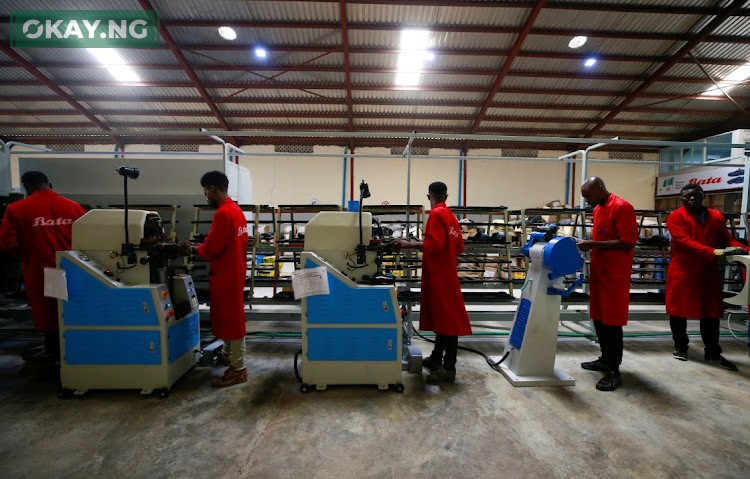The Nigerian manufacturing sector finds itself at a critical juncture. While a slight improvement in confidence emerged in the fourth quarter of 2024, lingering economic challenges cast a long shadow, prompting a cautious outlook for the new year. This delicate balance between optimism and the harsh realities on the ground paints a complex picture of the sector’s current state.
The Manufacturers CEOs Confidence Index (MCCI), compiled by the Manufacturers Association of Nigeria (MAN), inched up by a mere 0.5 points to 50.7 in Q4 2024, from 50.2 in the previous quarter. This marginal gain, while positive, underscores the persistent struggles faced by manufacturers. On a year-on-year basis, the index actually declined by 1.1 points, revealing the deeper economic undercurrents at play.
“Manufacturing operations were directly stalled by the lingering effects of the high cost of raw materials, energy and logistics as the existence of high exchange rate, interest rate and inflation rate remained unfavourable to the overall business environment,” the MAN report stated. I can’t help but feel the weight of these words. Imagine trying to run a business amidst such volatility. The cost of essential inputs like raw materials has skyrocketed, making production a precarious balancing act. Coupled with fluctuating exchange rates and high interest rates, the financial burden on manufacturers becomes immense.
The festive season provided a much-needed boost to consumer demand, leading to improvements in current business conditions, employment, and production levels. However, these gains were tempered by the overarching macroeconomic climate. While we saw a temporary reprieve, the underlying issues remain unresolved. A reading above 50 indicates an expectation of economic expansion, while a score below 50 suggests a deteriorating operating environment. The fact that these key indices remain below the 50-point threshold despite the festive surge is a stark reminder of the challenges that lie ahead.
Looking forward to the first quarter of 2025, the report projects a decline in manufacturers’ confidence, although it remains cautiously optimistic, staying just above the 50-point mark. This projection reflects a complex mix of hope and apprehension. Manufacturers are pinning their hopes on a more stable exchange rate, a pause in interest rate hikes, and potentially lower energy prices. The anticipated enactment of favourable tax reforms also offers a glimmer of hope. But will these expectations materialise? That remains to be seen.
Read Also: Nigeria Economy on Upward Swing: Inflation Down, Optimism High
The sectoral analysis reveals a mixed bag. Seven out of ten sectoral groups witnessed improvements in confidence, while three – Basic Metal, Iron & Steel, Electrical & Electronics, and Non-Metallic – experienced contractions. The struggles of the Basic Metal, Iron & Steel sector are particularly concerning. The prolonged delay in the take-off of the Ajaokuta Steel Company and the Aluminum Smelter Company has left these operators highly dependent on imported metallic materials, making them acutely vulnerable to exchange rate fluctuations. This underscores the critical need for strategic investments in key infrastructure projects to bolster domestic production and reduce reliance on imports.
Geographically, manufacturers operating in several key industrial zones, including Ikeja, Kwara/Kogi, and Apapa, reported confidence levels above 50. This suggests that while challenges are widespread, some regions are navigating the economic landscape more effectively than others. Understanding the factors contributing to their relative success could provide valuable insights for policymakers and businesses alike.
As an economic analyst, I believe that while the marginal increase in Q4 confidence is a welcome sign, it’s crucial to avoid complacency. The Nigerian manufacturing sector is still grappling with significant headwinds. Addressing the fundamental issues of high input costs, exchange rate volatility, and infrastructure deficits is paramount to unlocking the sector’s true potential. Only then can we move beyond cautious optimism and pave the way for sustainable growth.









